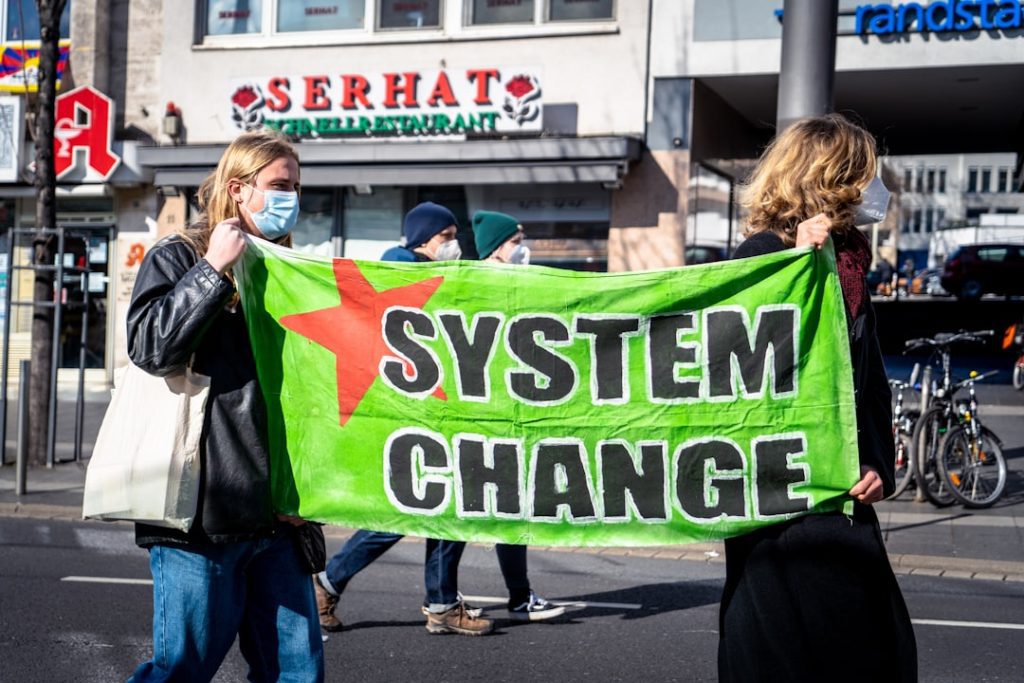Green briquettes are an essential alternative to traditional charcoal and firewood, as they are made from organic waste materials such as agricultural residues, sawdust, and other biomass. The distribution of green briquettes is crucial for several reasons. Firstly, it helps to reduce deforestation and environmental degradation by decreasing the demand for firewood and charcoal, which are often sourced unsustainably. Secondly, green briquettes provide a cleaner and more efficient energy source for cooking and heating, which can improve indoor air quality and reduce respiratory illnesses associated with traditional cooking methods. Lastly, the distribution of green briquettes can create economic opportunities for local communities by providing a market for organic waste materials and creating jobs in the production and distribution process.
The distribution of green briquettes is not only important for environmental and health reasons but also for social and economic development. By promoting the use of green briquettes, communities can reduce their reliance on traditional fuels, improve their living conditions, and contribute to sustainable development goals. Therefore, it is crucial to prioritize the distribution of green briquettes in Kabul and other urban areas where the demand for clean and affordable energy sources is high.
The Environmental Impact of Green Briquettes
The environmental impact of green briquettes is significant and positive in comparison to traditional charcoal and firewood. Green briquettes are made from organic waste materials, which means they do not contribute to deforestation or habitat destruction. By using agricultural residues, sawdust, and other biomass to produce green briquettes, the pressure on natural forests is reduced, leading to the preservation of biodiversity and ecosystem services.
Furthermore, the production and use of green briquettes result in lower greenhouse gas emissions compared to traditional fuels. The carbon footprint of green briquettes is lower because the organic waste materials used in their production would otherwise decompose and release methane, a potent greenhouse gas. Additionally, the combustion of green briquettes produces less smoke and air pollutants compared to traditional fuels, which can improve air quality and reduce respiratory illnesses in communities.
In summary, the environmental impact of green briquettes is positive as they help to mitigate deforestation, preserve biodiversity, reduce greenhouse gas emissions, and improve air quality. Therefore, the distribution of green briquettes in Kabul is essential for addressing environmental challenges and promoting sustainable energy solutions.
Challenges and Solutions in Distributing Green Briquettes in Kabul
Despite the numerous benefits of green briquettes, there are several challenges in distributing them in Kabul. One major challenge is the lack of awareness and understanding of the benefits of green briquettes among the population. Many people are accustomed to using traditional charcoal and firewood and may be hesitant to switch to a new energy source without proper education and outreach.
Another challenge is the availability of affordable and efficient distribution channels for green briquettes. The logistics of transporting and storing green briquettes can be complex, especially in urban areas with limited infrastructure. Additionally, there may be resistance from existing charcoal and firewood suppliers who perceive green briquettes as competition.
To address these challenges, it is essential to implement comprehensive awareness campaigns to educate the public about the benefits of green briquettes. These campaigns can include demonstrations, workshops, and information sessions to showcase the advantages of using green briquettes for cooking and heating. Furthermore, partnerships with local businesses and community organizations can help establish efficient distribution networks for green briquettes, ensuring that they are readily available and affordable for consumers.
The Benefits of Using Green Briquettes
| Benefits | Details |
|---|---|
| Environmental Impact | Reduces deforestation and carbon emissions |
| Cleaner Burning | Produces less smoke and air pollution |
| Cost-Effective | Lower fuel costs compared to traditional alternatives |
| Sustainable | Made from renewable resources |
The benefits of using green briquettes are numerous and wide-ranging. Firstly, green briquettes provide a cleaner and more efficient energy source for cooking and heating compared to traditional charcoal and firewood. They produce less smoke and air pollutants, which can improve indoor air quality and reduce respiratory illnesses associated with traditional cooking methods. Additionally, green briquettes have a higher energy content and burn longer than traditional fuels, making them a cost-effective and reliable energy source for households.
Another benefit of using green briquettes is their positive impact on the environment. By using organic waste materials to produce green briquettes, communities can reduce their reliance on traditional fuels sourced from natural forests, thereby mitigating deforestation and preserving biodiversity. Furthermore, the production and use of green briquettes result in lower greenhouse gas emissions compared to traditional fuels, contributing to climate change mitigation efforts.
In addition to environmental and health benefits, using green briquettes can create economic opportunities for local communities. The production and distribution of green briquettes can generate employment and income for individuals involved in the supply chain, from collecting organic waste materials to manufacturing and selling the final product. Therefore, the benefits of using green briquettes extend beyond individual households to encompass social, economic, and environmental aspects.
The Role of Local Communities in Green Briquette Distribution
Local communities play a crucial role in the distribution of green briquettes in Kabul. As end-users of this sustainable energy source, their acceptance and adoption of green briquettes are essential for the success of distribution efforts. Therefore, it is important to engage with local communities throughout the distribution process, from raising awareness about the benefits of green briquettes to ensuring their accessibility and affordability.
One way in which local communities can contribute to green briquette distribution is through active participation in awareness campaigns and educational initiatives. By involving community members in demonstrations, workshops, and information sessions, they can gain a better understanding of the advantages of using green briquettes and become advocates for this sustainable energy source within their neighborhoods.
Furthermore, local communities can play a role in establishing distribution networks for green briquettes by partnering with local businesses and organizations. By supporting the development of efficient supply chains and sales outlets for green briquettes, communities can ensure that this clean energy source is readily available to households in Kabul. In doing so, they not only promote sustainable energy solutions but also create economic opportunities within their own neighborhoods.
Government Support for Green Briquette Distribution

Government support is essential for the successful distribution of green briquettes in Kabul. As a key stakeholder in energy policy and environmental management, the government has a crucial role to play in promoting sustainable energy solutions and addressing environmental challenges associated with traditional fuels.
One way in which the government can support green briquette distribution is through policy incentives and regulations that promote their production and use. This can include tax incentives for businesses involved in green briquette production, subsidies for consumers purchasing green briquettes, or regulations that restrict the use of traditional charcoal and firewood in favor of cleaner alternatives.
Additionally, the government can provide financial support for research and development initiatives aimed at improving the production process and efficiency of green briquettes. By investing in technological advancements and innovation in this sector, the government can help lower production costs and make green briquettes more competitive with traditional fuels.
Furthermore, the government can play a role in raising awareness about the benefits of using green briquettes through public education campaigns and outreach programs. By leveraging its communication channels and resources, the government can reach a wide audience and promote the adoption of green briquettes as a sustainable energy source.
Future Prospects for Green Briquette Distribution in Kabul
The future prospects for green briquette distribution in Kabul are promising, given the numerous benefits associated with this sustainable energy source. As awareness about environmental issues and health concerns related to traditional fuels grows, there is an increasing demand for cleaner alternatives such as green briquettes.
One potential avenue for expanding green briquette distribution is through partnerships with international organizations and development agencies that support sustainable energy initiatives. By leveraging external funding and expertise, local stakeholders can enhance their capacity to produce, distribute, and promote green briquettes within Kabul.
Furthermore, technological advancements in biomass conversion processes can lead to improvements in the production efficiency and cost-effectiveness of green briquettes. Research and development efforts aimed at optimizing production methods can make green briquettes more competitive with traditional fuels while reducing their environmental impact.
In conclusion, the future prospects for green briquette distribution in Kabul are bright as awareness grows about their environmental, health, and economic benefits. With continued support from local communities, government agencies, and international partners, green briquette distribution can play a significant role in addressing energy challenges while promoting sustainable development in Kabul.
A related article to the eco-friendly briquette distribution in Kabul can be found in Almassiyah’s website, which discusses the promotion of sustainable energy in Afghanistan through awareness campaigns. The article highlights the importance of educating the public about renewable energy solutions and their benefits for the environment. This aligns with the efforts to distribute eco-friendly briquettes in Kabul, as it aims to reduce the reliance on traditional coal and promote cleaner energy alternatives. To read more about this topic, you can visit the article here.



